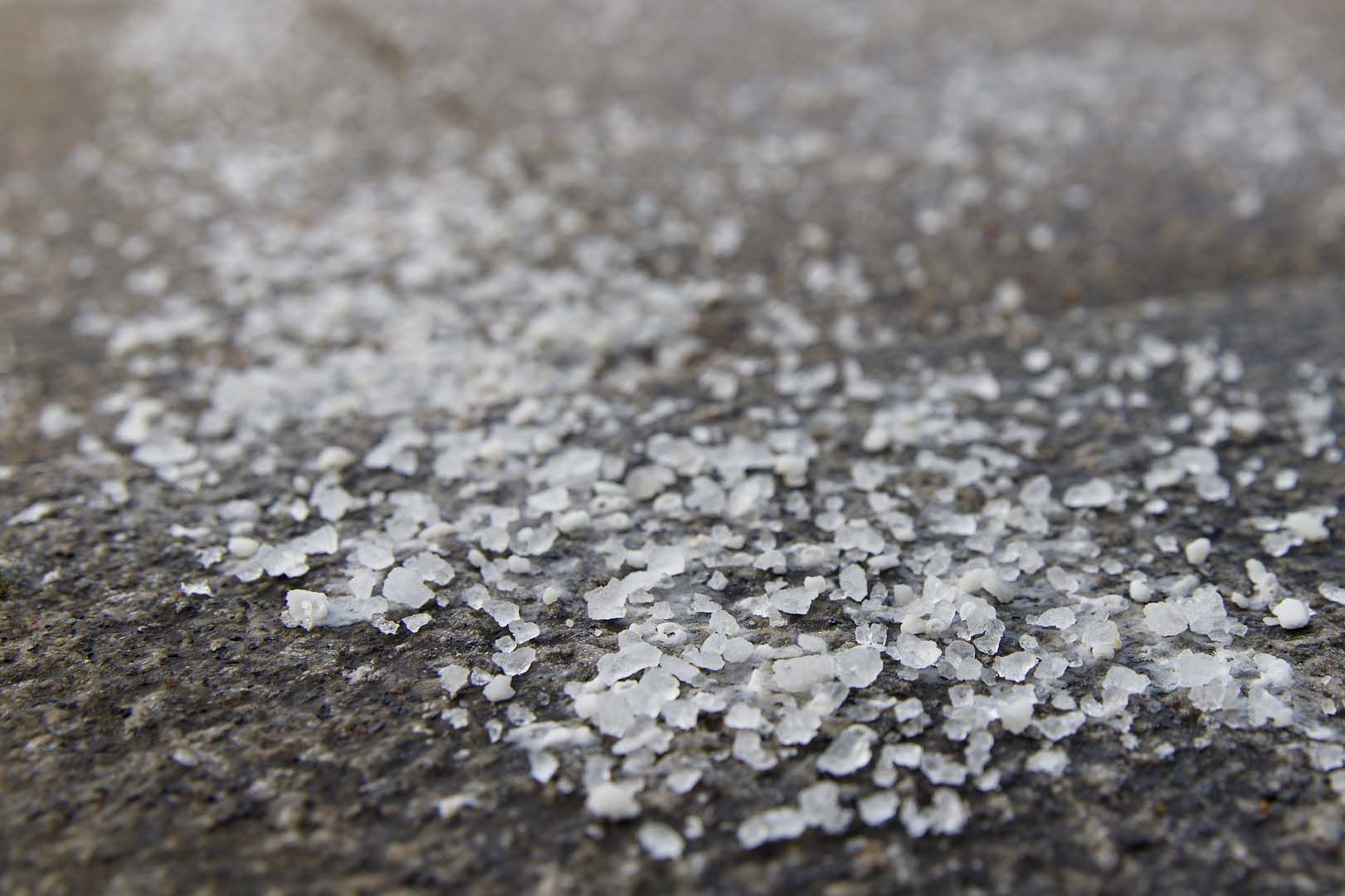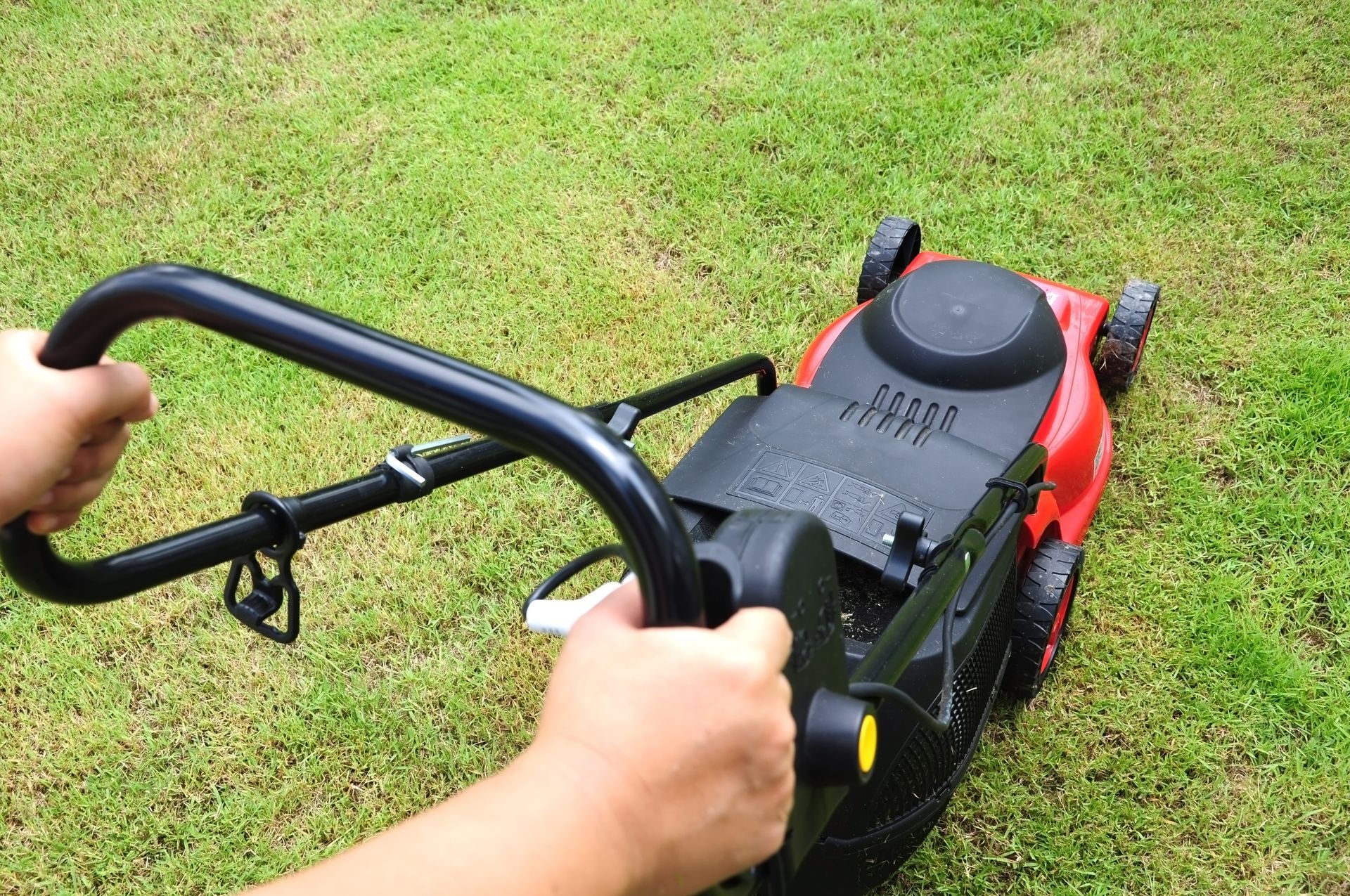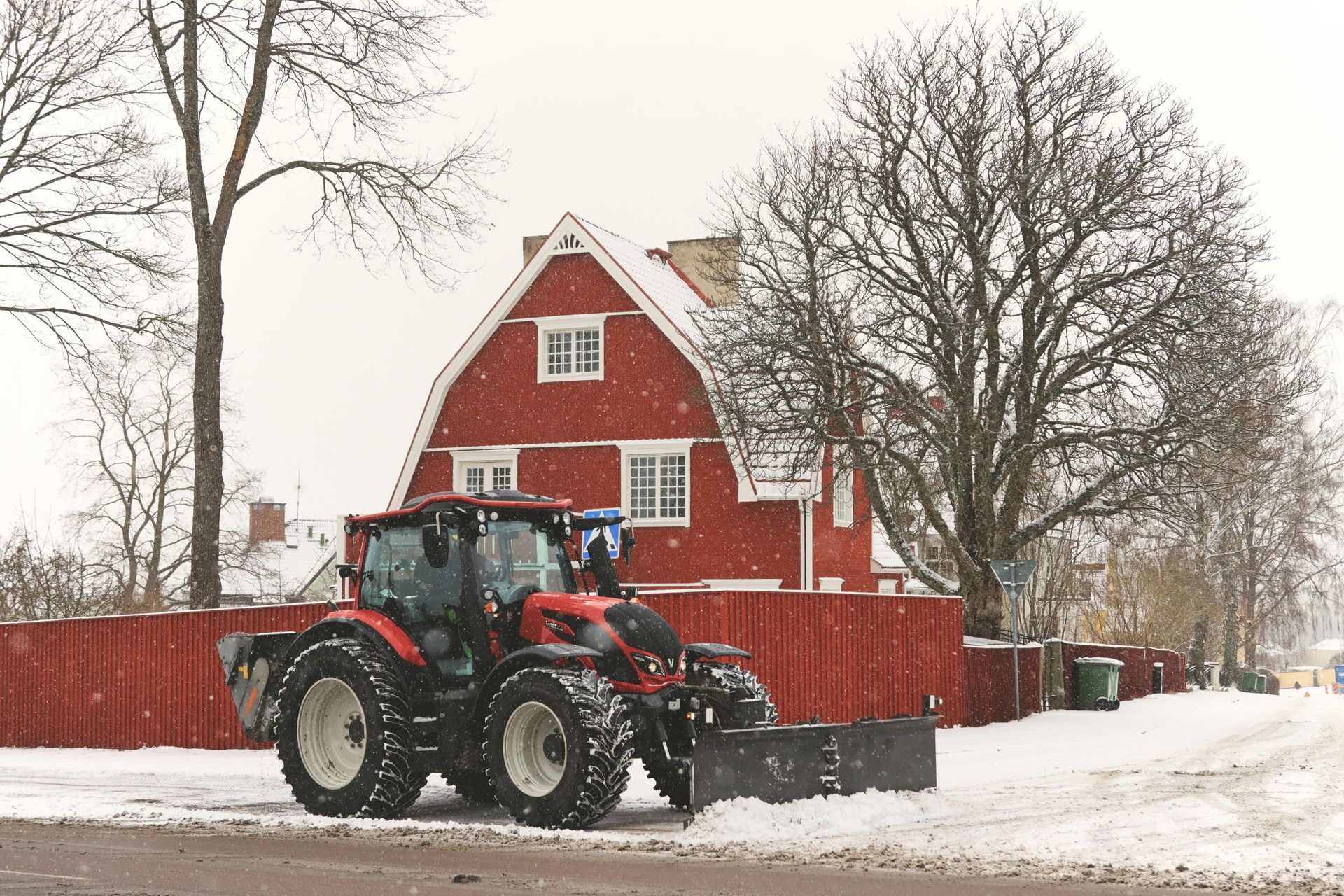MASTER GARDNER LLC
Everything You Need to Know About Salting: When, How, and Why
When the winter months hit and the temperatures drop, one thing becomes inevitable: ice-covered sidewalks, driveways, and roads. As much as we all love a winter wonderland, navigating through slippery surfaces can be both dangerous and inconvenient. That is where
salting services come in. Salting is a common method used to melt any ice on surfaces, making it easier and safer to walk or drive. But do you really know the ins and outs of salting? In this blog post, we'll dig deeper into what salting is, when it's done, and why it's essential during the winter months. So, grab a cup of hot cocoa, and let's learn together.
What is Salting?
Salting, also known as deicing, is the process of melting ice or preventing it from forming on surfaces. It involves spreading salt or other similar substances on icy surfaces to lower the freezing point of water. This causes the ice to melt and turns it into a liquid, making it safer to walk or drive on the surface below.
When is Salting Done?
Salting is typically done in the winter months when temperatures drop below freezing. Freezing temperatures can cause water on surfaces to freeze, which creates hazardous situations for pedestrians and drivers.
Road salting services are performed to prevent this from happening or to melt the ice that has already formed.
The Different Types of Salt
Not all salt is created equal. There are various types of salt used for deicing, each with its unique properties and uses. Here are some of the most common types of salt used for salting:
1. Sodium Chloride (Rock Salt)
Sodium chloride, also known as rock salt, is the most commonly used salt for deicing. It's affordable, easily accessible, and effective in moderately cold temperatures. Rock salt works by lowering the freezing point of water, melting any existing ice and preventing new ice from forming.
2. Magnesium Chloride
Magnesium chloride is another commonly used salt for deicing purposes. It's more effective than rock salt in colder temperatures, and it's also less damaging to concrete surfaces. However, it is more expensive than rock salt.
3. Calcium Chloride
Calcium chloride is the most effective deicing salt in extremely cold temperatures. It can melt ice at temperatures as low as -25 degrees Fahrenheit. However, it's also the most expensive option and can be damaging to concrete surfaces in high concentrations.
Choosing the Right Type of Salt
When deciding which type of salt to use for salting, it's essential to consider factors such as temperature, cost, and the surface you'll be salting. Sodium chloride is the most cost-effective option for moderate temperatures, while calcium chloride is best for extremely cold temperatures. Magnesium chloride falls somewhere in between. It's always best to consult with
commercial salting services before choosing the best option for your situation.
Salting - A Science or an Art?
Some may argue that salting is a science, while others may say it's an art. The truth is, it's a bit of both. On one hand, there are scientific principles at play when it comes to the chemistry of salt and how it interacts with ice. On the other hand, applying
salting services requires skill—knowing the right amount of
salt to use and the proper technique for spreading it can make all the difference.
Tips and Tricks for Effective Salting
Now that we've covered the basics of salting, here are some tips and tricks to ensure your salting efforts are as effective as possible:
1. Pre-Treatment
Pre-treating surfaces with a layer of salt before a snow or ice event can help prevent ice from forming. This is especially useful for sidewalk salting services.
2. Even Distribution
When salting, it's crucial to spread the salt evenly across the surface. Uneven distribution can lead to some areas melting while others remain icy, creating a hazardous situation.
3. Timing
Timing is everything when it comes to salting. It's best to apply road salting services before snow or ice accumulates, preventing it from bonding to the surface and making removal easier.
4. Shovel Before Salting
Always shovel the snow before salting. Trying to melt through a thick layer of snow with salt can be both costly and ineffective.
5. Use Sand for Traction
If you're dealing with a small patch of ice, sand can be a better option for enhancing traction rather than salt, which is primarily used for melting ice.
Contact Master Gardner, LLC for Professional Salting Services in Ada, MI
At Master Gardner, LLC, we understand that the winter months can be daunting, especially when it comes to dealing with ice and snow. That's why we offer professional salting services to ensure your surfaces are safe for both pedestrians and drivers. With our years of experience and top-quality equipment, we can handle all your salting needs in Ada, MI, and the surrounding areas. Contact us at (616) 366-1552 for a free quote today.
Our Additional Services
At Master Gardner, LLC, we are more than just a salting company. We offer a wide range of services to keep your lawn and landscape looking beautiful all year round. Our services include:
- Lawn Care
- Lawn Maintenance
- Landscaping
- Snow Plowing
FAQs
Is salting harmful to the environment?
While salt can be damaging to plant life, it is generally considered less harmful to the environment compared to other chemical deicing agents. Sodium chloride (rock salt) is also the most commonly used salt and is less harmful to the environment than its alternatives.
Can I use table salt for salting?
Table salt is not recommended for salting as it is less effective in melting ice and can be damaging to concrete surfaces.
Can I use too much salt for salting?
Yes, using too much salt can be damaging to concrete surfaces and the environment. It's essential to use the recommended amount for the best results.
How often should I salt my driveway?
As a general guideline, it's best to salt your driveway before and after a snow or ice event. However, factors such as temperature and snow accumulation can also affect the frequency of salting.
Can I do my own salting, or should I hire a professional?
Hiring a professional for salting services can ensure proper application and effectiveness. However, small areas can be salted by homeowners if done correctly and in the appropriate amounts.












